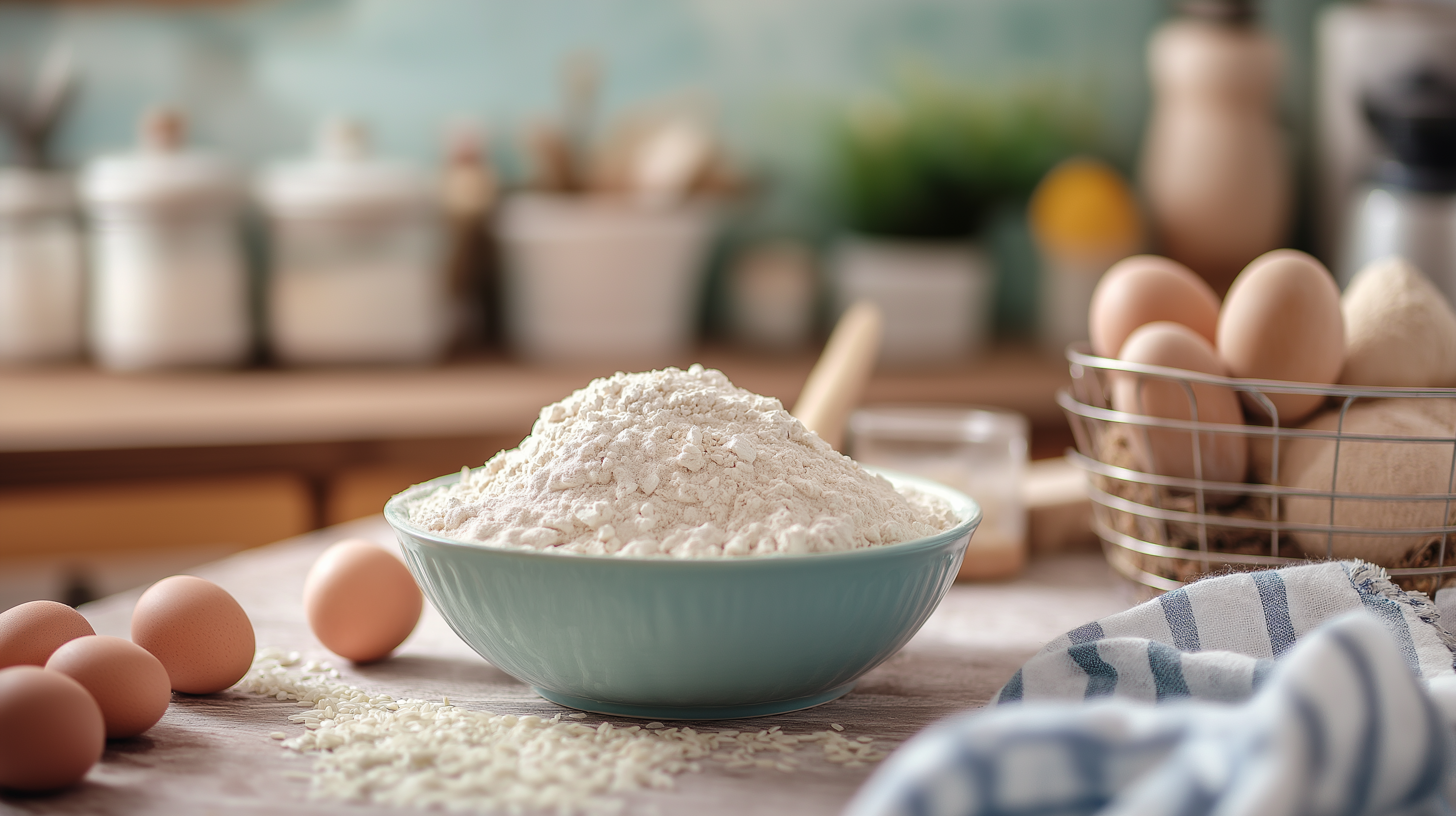If you’ve ever looked up gluten free foods or searched “gluten free near me,” chances are you’re either trying a gluten free diet or wondering what gluten actually is. You're not alone—more and more people are becoming curious about what gluten does to the body and why some people avoid it completely. So let’s break it down in a way that’s easy to digest.
What Is Gluten?
Gluten is a type of protein found in grains like wheat, barley, and rye. It’s what gives dough its stretchy texture and helps bread rise. You’ll find it in foods like:
- Bread and rolls
- Pasta
- Cereal
- Baked goods
- Beer and some processed foods
Even things like soy sauce, soups, and salad dressings can contain gluten as a thickener or filler.
Why Do People Go Gluten Free?
Many people choose a gluten free lifestyle for health reasons, especially if they have:
1. Celiac Disease
This is an autoimmune condition where eating gluten damages the small intestine. Even tiny amounts can cause long-term issues.
2. Gluten Intolerance or Sensitivity
Some people don’t test positive for celiac disease but still experience unpleasant symptoms when they eat gluten. These symptoms can include:
- Bloating
- Fatigue
- Headaches
- Joint pain
- Skin issues
If these sound familiar, you may want to look up more on gluten intolerance symptoms or try a short-term elimination diet under a doctor’s guidance.
Where Is Gluten Hiding?
Gluten isn’t just in obvious foods like bread and pasta. It can also be found in:
- Gravy mixes
- Seasonings
- Fried foods (battered in flour)
- Candies and chocolates
- Imitation meats
That’s why people often Google “gluten free near me” when dining out. It’s hard to tell which foods are safe unless a place clearly marks their menu items.
What Can You Eat on a Gluten Free Diet?
There’s good news—you don’t have to give up delicious food. In fact, there’s a whole world of gluten free foods out there! Some of the most common naturally gluten free options include:
- Fruits and vegetables
- Meat, poultry, and fish (unbreaded)
- Eggs
- Legumes and beans
- Nuts and seeds
- Dairy products
- Gluten free grains like quinoa, rice, and corn
When shopping, look for products specifically labeled “gluten free.” These have been tested to ensure they contain safe levels of gluten (typically less than 20 ppm).
Spotlight: Gluten Free Flour and Rice Flour
One of the trickiest parts of going gluten free is baking. Traditional flour is off the table, but there are several great gluten free flour options:
- Almond flour
- Coconut flour
- Tapioca flour
- Sorghum flour
- Rice flour
Let’s talk about rice flour, because it’s one of the easiest to find and most versatile. Made from finely milled rice, it’s completely gluten free and can be used to thicken sauces, coat proteins for frying, or make gluten free baked goods. It has a mild flavor and blends well with other flours for better texture and structure.
Visual Guide: Popular Gluten Free Flours
Looking to swap out regular flour? Here's a simple visual to guide your choices. All of these are naturally gluten free and great for different types of cooking and baking:
| Gluten Free Flour | Best Uses | Texture | Flavor Profile |
|---|---|---|---|
| Rice Flour | Baking, thickening sauces | Fine, powdery | Mild, neutral |
| Almond Flour | Baking cookies, cakes | Slightly coarse | Nutty, rich |
| Coconut Flour | Pancakes, muffins | Dense, absorbent | Slightly sweet |
| Tapioca Flour | Breads, pizza crust, thickening | Light, stretchy | Neutral |
| Sorghum Flour | Flatbreads, pancakes | Soft, smooth | Earthy, slightly sweet |
| Chickpea Flour | Savory baking, fritters | Dense, dry | Nutty, earthy |
| Oat Flour | Cookies, muffins, pancakes | Soft, fluffy | Mild, slightly sweet |
💡 Tip: Most gluten free baking blends mix 2–3 of these flours for best results.
Final Thoughts: Is Gluten Free Right for You?
Going gluten free isn't just a trend—it’s a health necessity for some and a feel-better choice for others. Understanding what gluten is, how it affects your body, and where it shows up in foods is the first step in making informed choices.
If you're dealing with digestive issues, brain fog, or other odd symptoms, take a closer look at what you’re eating. Knowing the gluten intolerance symptoms might help you connect the dots.
Whether you're fully committed to a gluten free lifestyle or just testing the waters, the key is knowledge. And now you’ve got a solid start.
